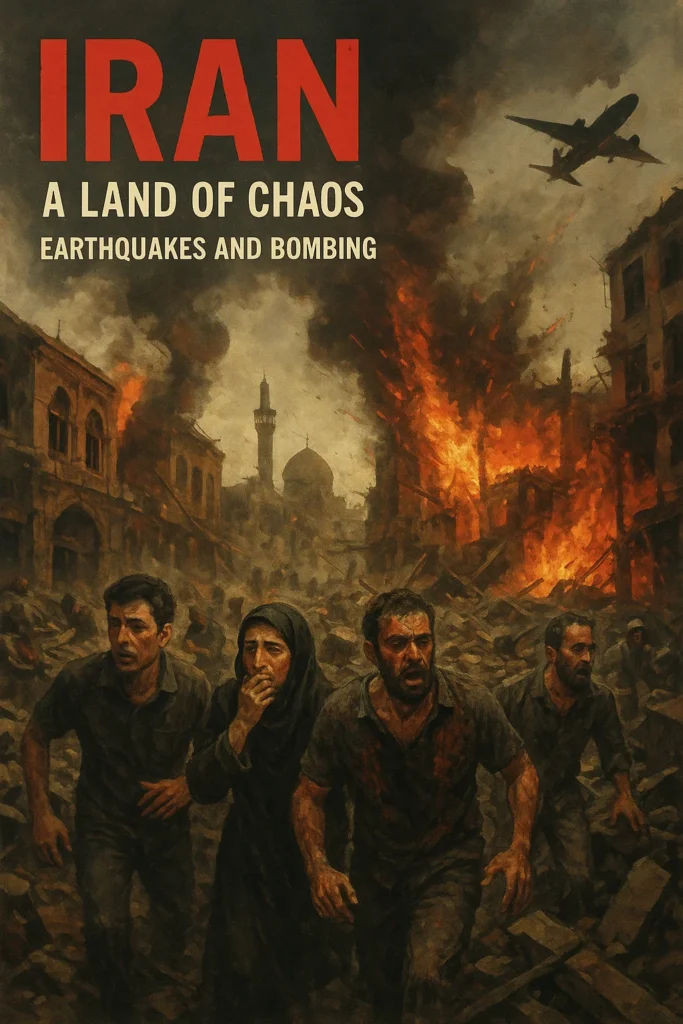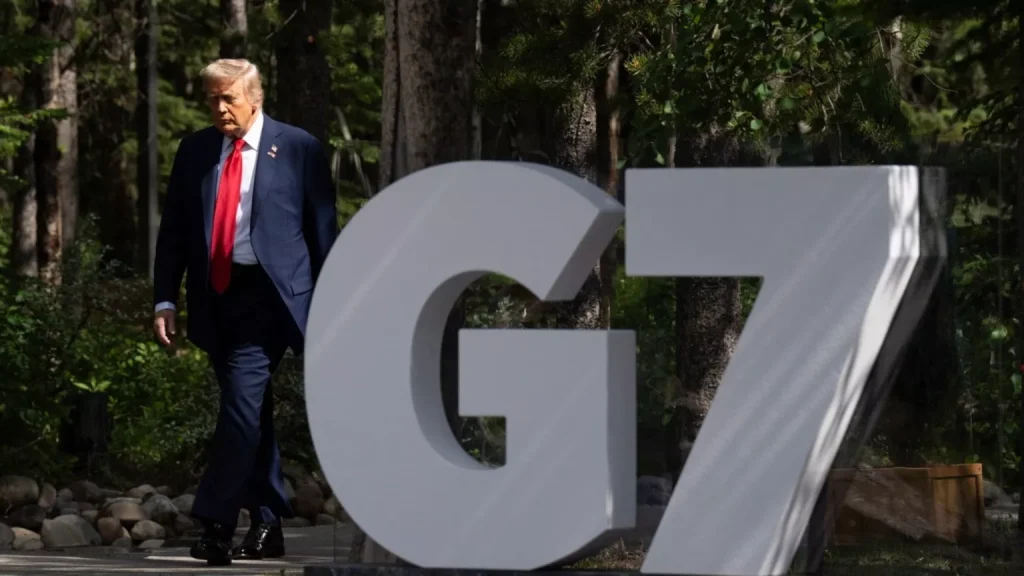“The sky shook three times,” recalls Tehran resident Majid Ahmadi, describing the thunderous sound when Israeli jets struck Tehran’s missile and nuclear facilities in the pre-dawn hours of June 13. This was the beginning of Operation Rising Lion—an unprecedented air assault that hit Iran’s Natanz, Fordow, Arak heavy-water reactor, SPND research centers, and key IRGC command posts in Tehran, Tabriz, and Kermanshah .
🇮🇷 Major Iranian Sites Struck
- Natanz & Fordow enrichment plants: Satellite imagery shows black smoke rising after bombs struck centrifuge halls, reportedly disabling Iran’s nuclear capacity .
- Arak heavy-water reactor: Damaged in the June 19 wave—IAEA confirms seismic sensors detected the explosion .
- Kermanshah underground missile facility: Multiple entrances and tunnels collapsed, destroying many Qiam‑1 and Fateh‑110 missiles .
- Tehran IRGC, Quds Force HQ, and Mohajer class structures: Struck hard—at least one senior IRGC commander killed at Tehran HQ .
🇮🇱 Iran Hits Back: Civilian Toll in Israel
In Haifa, Eliana Cohen, a nurse, described the chaos: “Smoke and sirens everywhere… people bleeding, walls collapsed as missiles hit home.” Iran launched over 450 missiles and 1,000 drones—some carrying cluster munitions—striking cities across Israel, from Haifa and Tel Aviv to Be’er Sheva .
In southern Israel, a seismic-like explosion at the Soroka Medical Center in Be’er Sheva echoed across news feeds. Locals initially thought it was an earthquake, but it was an Iranian Sejjil missile. The hospital’s top floors were destroyed; thankfully, staff evacuated in time, saving hundreds .
🔍 Diplomacy Falters, Fear Deepens
Geneva diplomacy is at a stalemate. Iran demands a cease-fire in return for talks, Europe counters with caution, and the U.S. has given a “two-week window” before considering direct intervention . Meanwhile, Britain and Australia have evacuated embassy staff from Tehran due to security threats .
🌍 Ripple Effects & Real Consequences
- Energy shockwaves: Brent crude prices spiked on fears of attacks on Iran’s oil infrastructure .
- Humanitarian evacuations: India’s “Operation Sindhu” moved over 110 nationals out of Iran .
- Nuclear threats: IAEA warns against hitting nuclear sites—the Mush between natural area leans precarious .
🌐 Earthquake Amid War – Natural or War‑Linked?
On June 20, just hours after fresh Israeli strikes, a 5.1‑magnitude quake rattled Semnan province, near Iran’s space and missile center. Conspiracy theories quickly emerged linking the tremor to weapon impacts—but geologists confirm it was tectonic, not man-made .
“Our data shows classic tectonic waves—not the sudden shock signature of bomb blasts,” says a Johns Hopkins seismologist, rebutting viral claims .
🔚 A Pivot Point for the Region
This conflict marks the first direct state-to-state aerial war between Israel and Iran. The devastating blows to nuclear and missile sites signal a pivotal shift—no longer proxy skirmishing, but tactical annihilation. With hospitals hit and embassies emptied, the risk of broader escalation into Lebanon, Yemen, or U.S. involvement grows ever more real .
As civilians in Tehran, Haifa, and Semnan live through these seismic shocks—both literal and psychological—the fragile web of regional stability unravels further. The next week could determine whether diplomacy saves us, or if we surge toward a deeper abyss.



